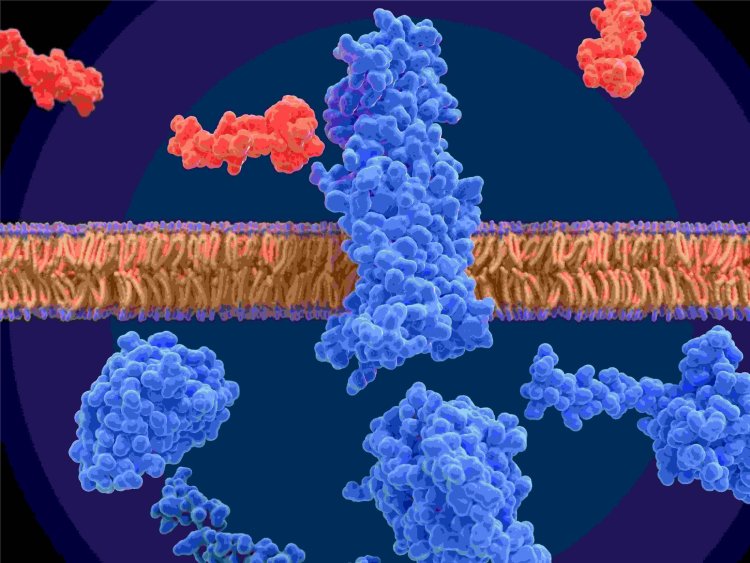Isotopic Labeling in Molecular Research
Among the isotopes utilized for labeling studies, carbon-13, deuterium, oxygen-18, and nitrogen-15 stand out for their diverse applications and contributions to advancing scientific knowledge.
Share this Post to earn Money ( Upto ₹100 per 1000 Views )

Isotopic labeling is a powerful technique employed in molecular biology, biochemistry, and related fields to trace the movement of atoms within molecules, elucidate metabolic pathways, and study biological processes. By replacing the naturally occurring isotopes of elements with their stable isotopic counterparts, researchers can track the fate of specific atoms in a compound, enabling detailed investigations of complex biochemical reactions.
Carbon-13, a stable carbon isotope with a higher mass than the predominant carbon-12 isotope, is frequently employed in isotopic labeling studies due to its compatibility with organic compounds. By substituting carbon-12 atoms with carbon-13 in molecules, researchers can track the movement of carbons through metabolic pathways, detect metabolic fluxes, and distinguish between different carbon sources in complex mixtures. Carbon-13 isotopic labeling has been instrumental in studying glucose metabolism, lipid biosynthesis, amino acid turnover, and the dynamics of cellular energy production.
Deuterium, a stable isotope of hydrogen containing an additional neutron in its nucleus, is widely utilized in isotopic labeling to investigate hydrogen atom exchange, solvent accessibility, and protein dynamics. Deuterium labeling can provide insights into protein folding, binding interactions, enzyme mechanisms, and conformational changes by monitoring the exchange of deuterium atoms with protons in molecular environments. Additionally, deuterium-labeled compounds are utilized in metabolic studies, drug metabolism research, and pharmacokinetic evaluations to assess the fate and transformation of drugs and xenobiotics in biological systems.
Oxygen-18, a stable isotope of oxygen, finds applications in isotopic labeling studies aimed at understanding oxygen exchange reactions, water dynamics, and metabolic pathways involving oxygen-containing molecules. By incorporating oxygen-18 into compounds such as water, carbohydrates, and peptides, researchers can track oxygen atom movement during enzymatic reactions, biosynthetic processes, and cellular signaling events. Oxygen-18 labeling has been crucial in elucidating photosynthesis, respiration, oxidative stress responses, and RNA/protein synthesis pathways in various organisms.
Nitrogen-15, a stable nitrogen isotope with an extra neutron in its nucleus compared to the abundant nitrogen-14 isotope, is commonly used in isotopic labeling experiments to study nitrogen fluxes, protein turnover, amino acid metabolism, and nitrogen assimilation in living systems. Nitrogen-15 labeling enables precise tracking of amino acid incorporation into proteins, nitrogen utilization in plants and microbes, and nitrogen recycling in nutrient cycles. By monitoring nitrogen-15 enrichment in biomolecules, researchers can unravel the dynamics of nitrogen metabolism and assess the impact of nitrogen availability on cellular processes.
In conclusion, isotopic labeling techniques utilizing carbon-13, deuterium, oxygen-18, and nitrogen-15 play pivotal roles in advancing our understanding of metabolic pathways, protein dynamics, biochemical reactions, and biological systems. These stable isotopes enable researchers to conduct precise investigations into molecular mechanisms, trace element movements in biological processes, and uncover hidden complexities within living organisms. Through the strategic application of isotopic labeling methodologies, scientists continue to unravel the intricate tapestry of life at the molecular level, shaping our knowledge of fundamental biological phenomena and driving innovation in diverse scientific disciplines.

 beckydavis
beckydavis 





